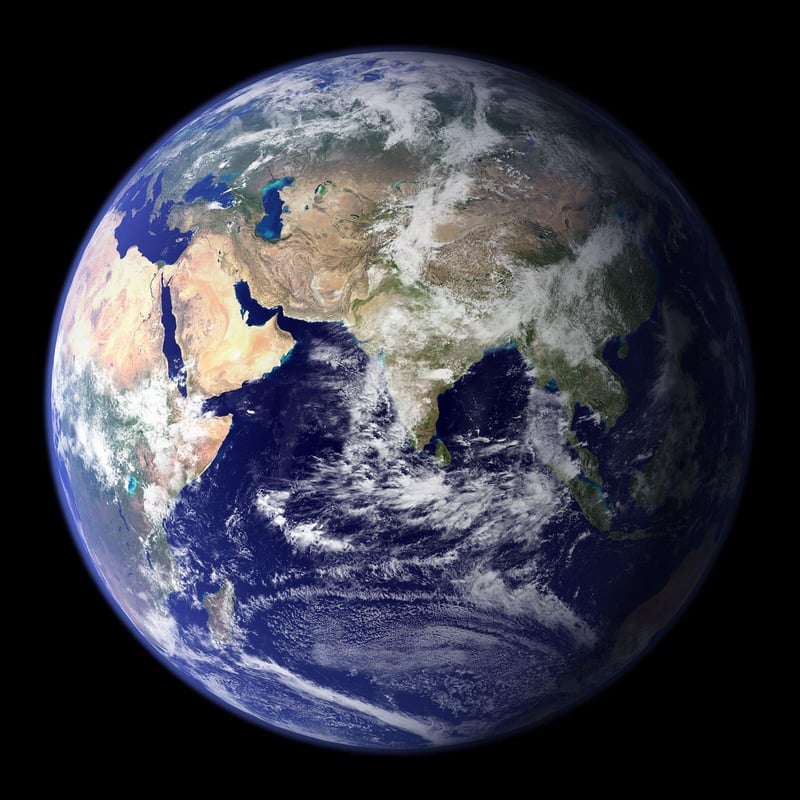Planetary Habitability
Exploring Distant Worlds for Planetary Habitability
As humans continue to push the boundaries of space exploration, the search for habitable planets beyond our solar system has become a major focus for scientists and researchers. The discovery of exoplanets, planets that orbit stars outside our sun, has opened up a realm of possibilities for finding environments that could support life as we know it. Let's delve into the fascinating world of planetary habitability and the quest to find Earth-like worlds in the vastness of space.
The Search for Exoplanets
With the advancement of technology, astronomers have been able to detect exoplanets through various methods, including the transit method, radial velocity method, and direct imaging. These discoveries have revealed a diverse range of exoplanets, from rocky worlds like Earth to gas giants similar to Jupiter.
Key Factors for Planetary Habitability
When assessing the potential habitability of an exoplanet, scientists look for key factors that could support life. These factors include:
- Stellar Distance: The distance of the exoplanet from its host star plays a crucial role in determining its surface temperature and potential for liquid water.
- Atmospheric Composition: The composition of the planet's atmosphere impacts its ability to regulate temperature and support life-sustaining processes.
- Presence of Water: Water is essential for life as we know it, making the presence of liquid water a significant factor in habitability.
- Stable Climate: A stable climate and moderate temperatures are important for the development and sustenance of complex life forms.
Earth-Like Exoplanets
Among the thousands of exoplanets discovered so far, scientists have identified a few that show promise for Earth-like conditions. These planets, located within the habitable zone of their host stars, have the potential for liquid water and moderate temperatures, making them prime candidates for further exploration.
Kepler-452b
One notable exoplanet is Kepler-452b, often dubbed "Earth's cousin" due to its similarities in size and orbit to our home planet. Located in the habitable zone of a G-type star, Kepler-452b offers insights into the conditions that could support life beyond our solar system.

The Future of Planetary Exploration
As technology continues to advance, the search for habitable exoplanets will expand, with upcoming missions aiming to study the atmospheres of these distant worlds and search for signs of life. The quest to find another Earth-like planet remains a top priority for astronomers and space agencies worldwide.
Join us on this exciting journey as we explore distant worlds in search of planetary habitability and unlock the mysteries of the universe!
